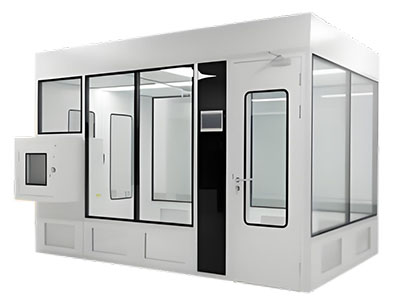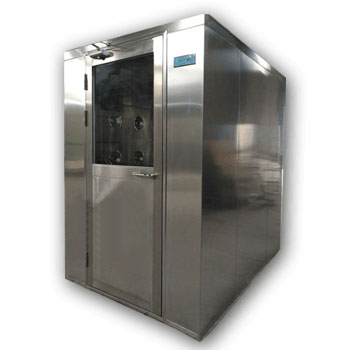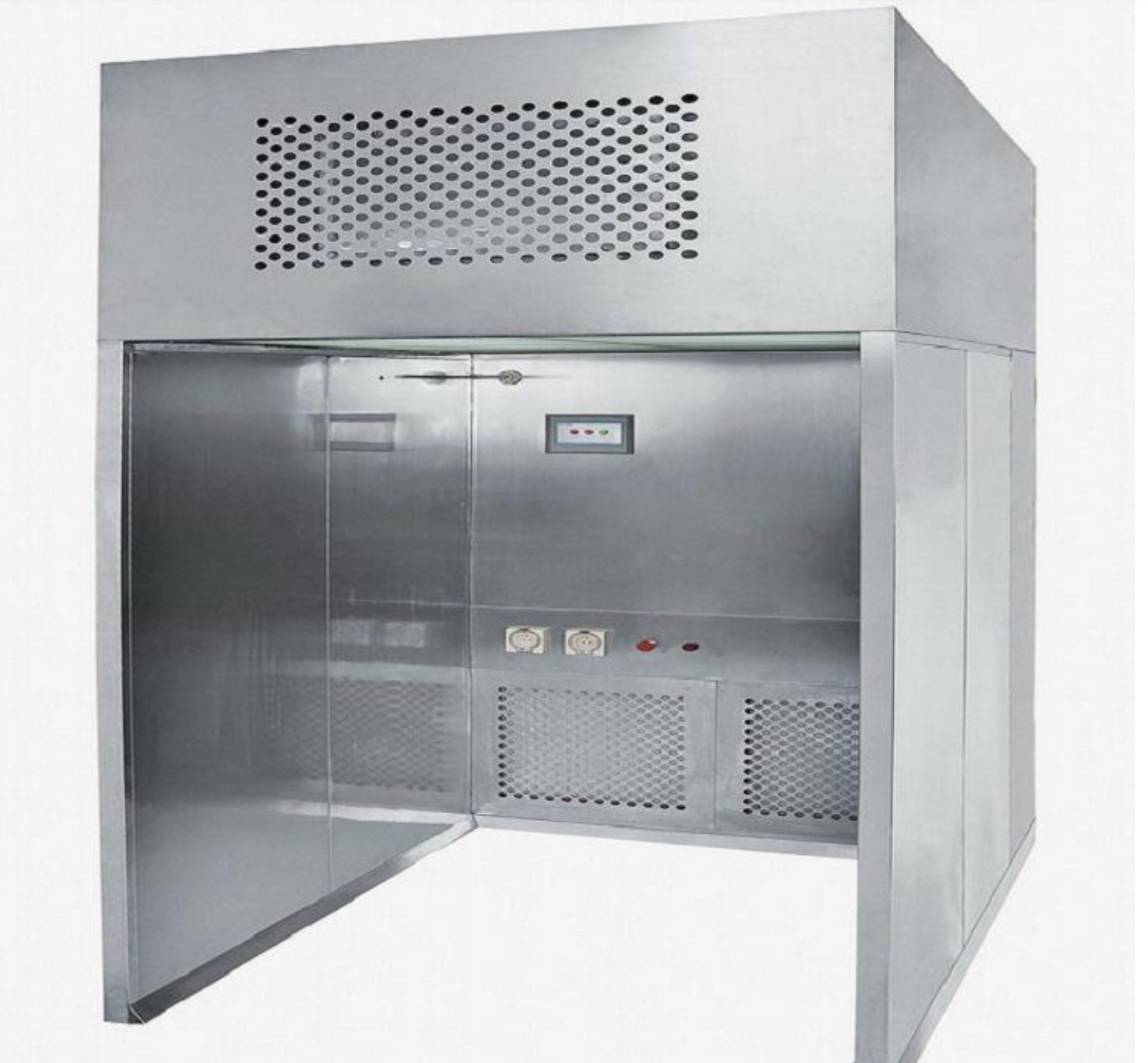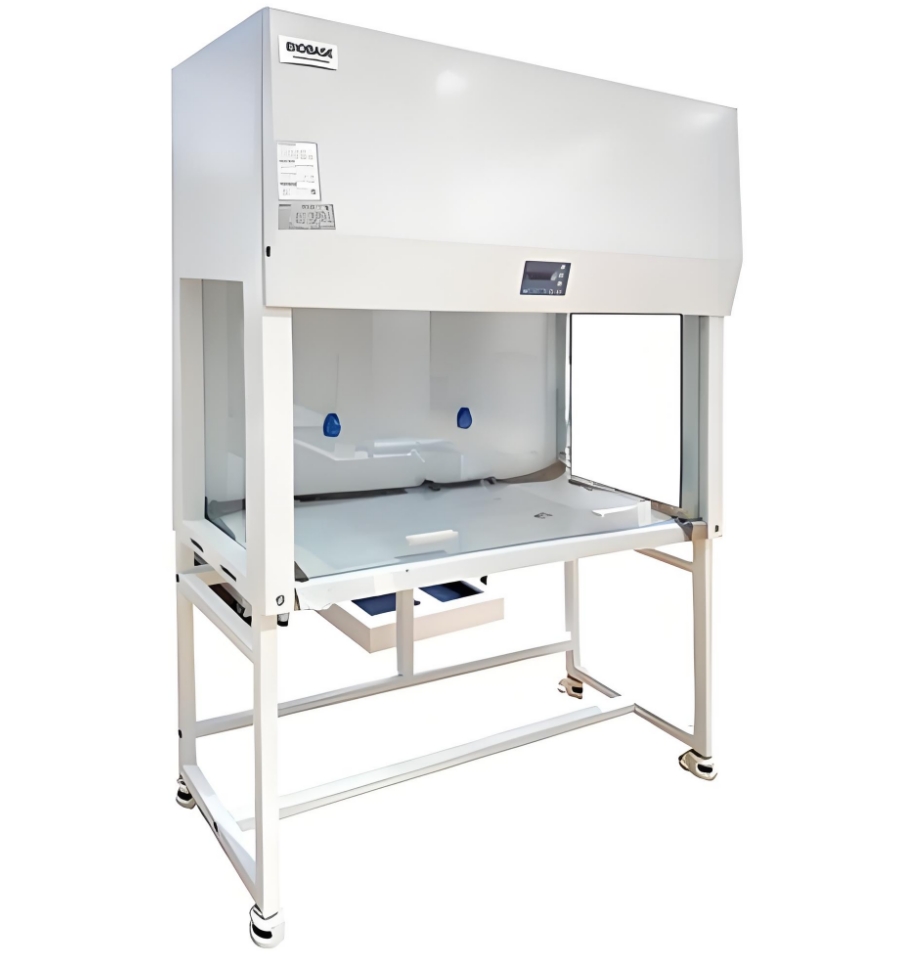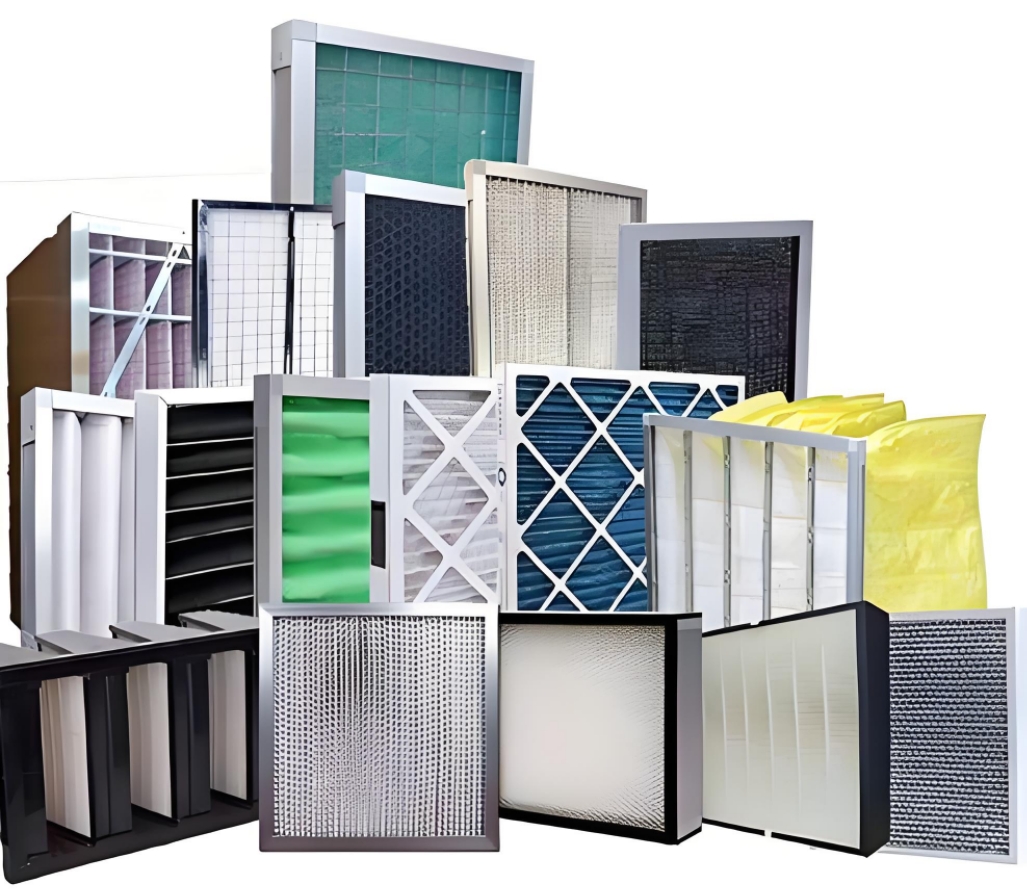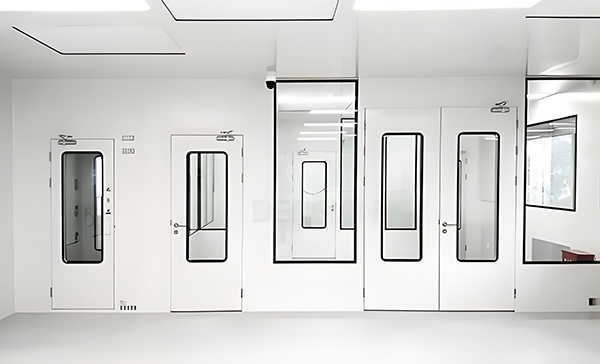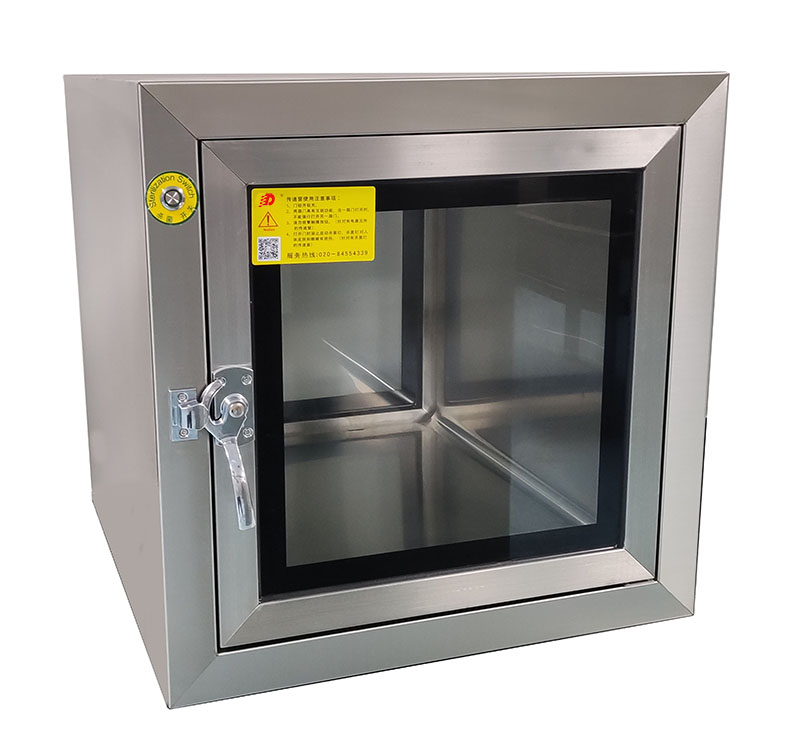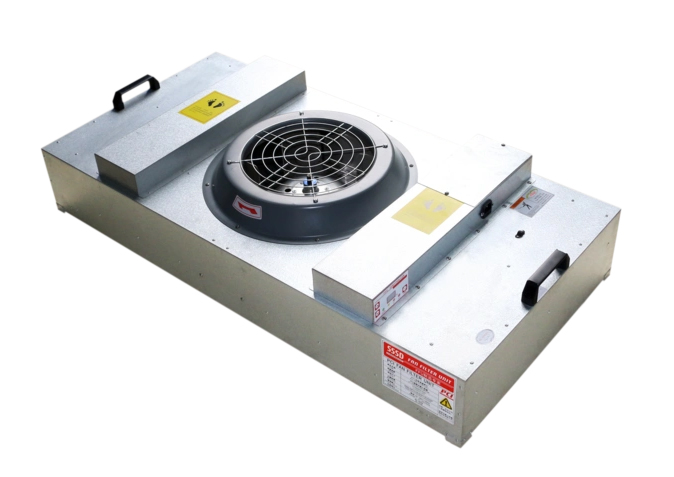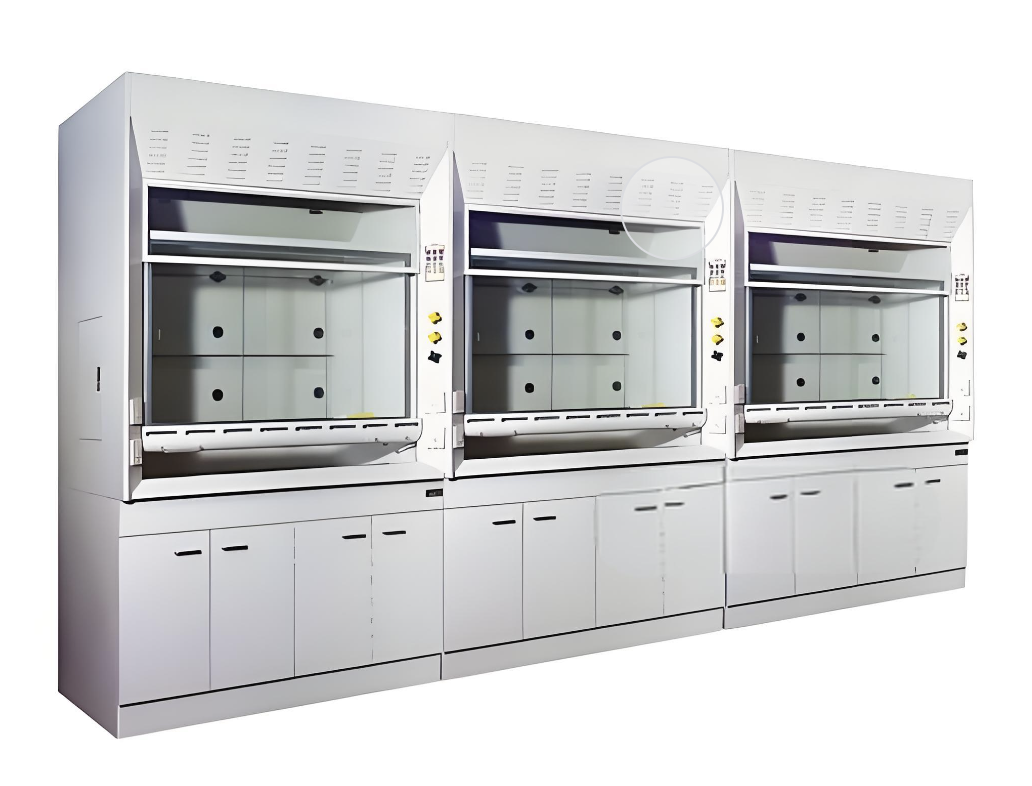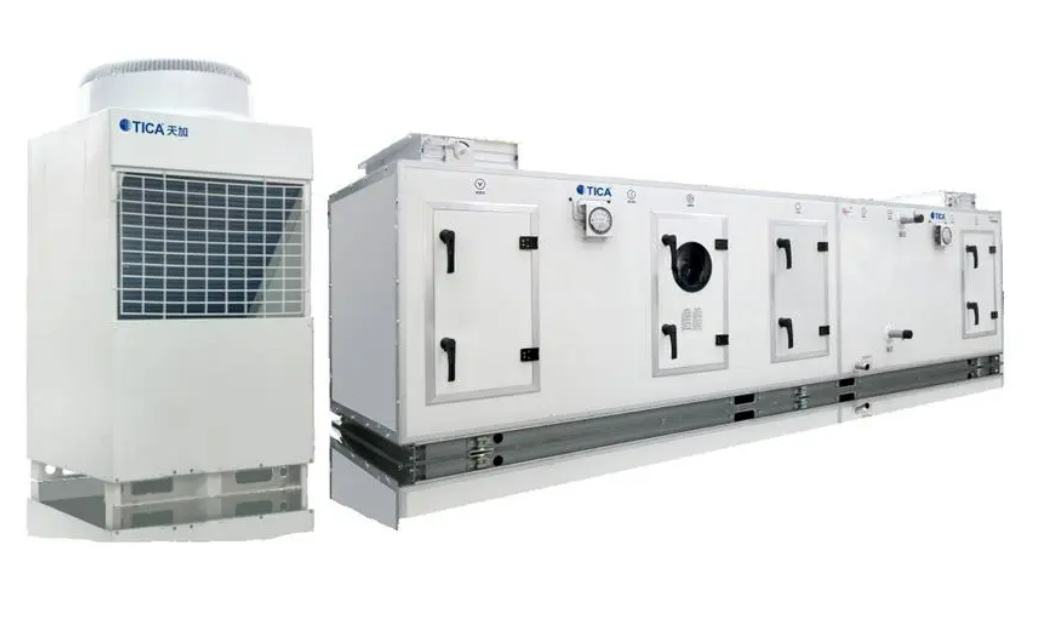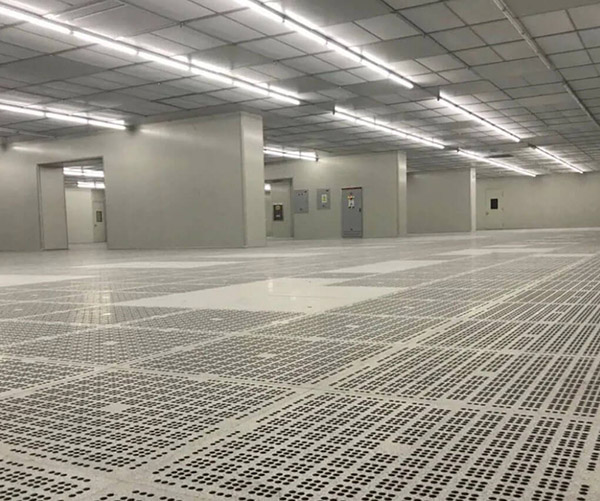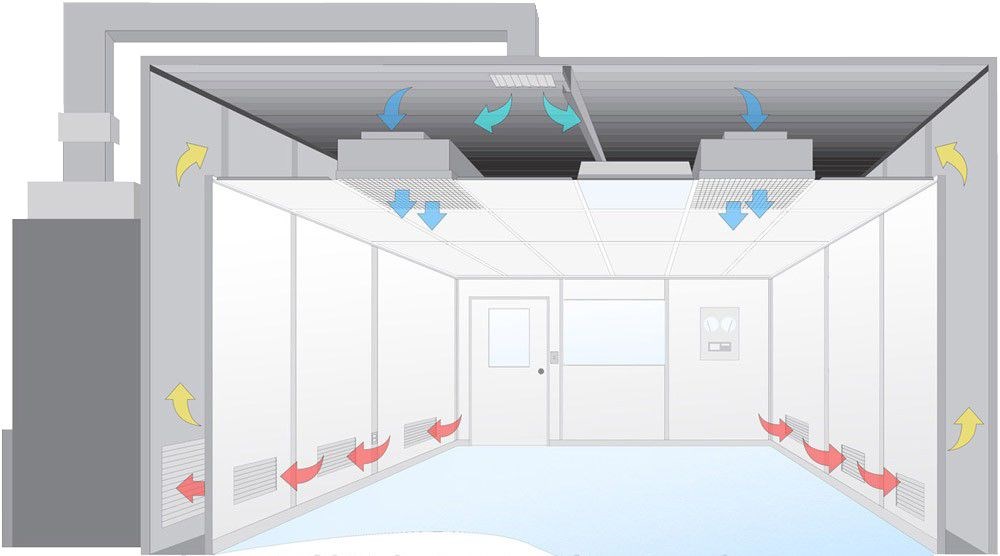Machinery and equipment are important material and technical foundations for enterprises to carry out production, one of the three major elements of enterprise productivity, and an important indicator of enterprise production scale and technical level. The integrity of equipment will affect the quantity and quality of processed products, the consumption of raw materials and power energy, the safety of production, and thus the cost of products. Therefore, this system is formulated to improve equipment management, enhance integrity and utilization rate, reduce product costs, and improve economic benefits.
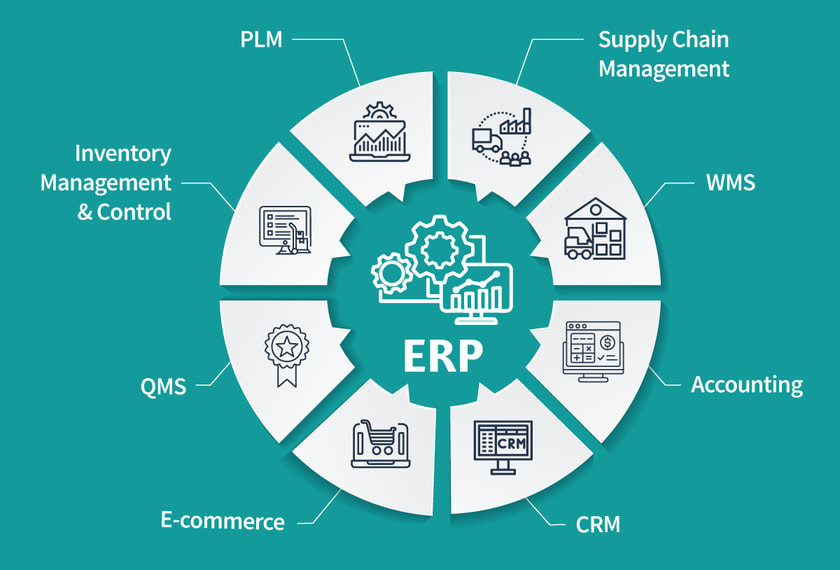
1.0 Purpose and Scope
To make provisions for the purchase, installation, commissioning, acceptance, maintenance, repair, scrapping, and technical data management of equipment throughout the company.
2.0 Terminology
| Term | Definition |
|---|---|
| Fixed assets | All electromechanical equipment that can independently complete more than one production requirement, with an original purchase value (including equipment value, freight, installation fees, etc.) of more than 2,000 yuan. |
| Equipment use costs | Sum of equipment depreciation costs, spare parts costs consumed in operation, and maintenance and planned maintenance labor costs. |
| New equipment | Equipment purchased to improve product performance, product quality and expand production capacity (including updated equipment). |
| Daily maintenance | Cleaning and lubricating equipment before/after shifts, tightening loose screws, checking parts integrity; observing operation and eliminating minor faults. |
| First-level maintenance | Disassembling/cleaning parts, adjusting matching clearances, rust removal, oil circuit dredging, cleaning electrical devices and safety protection devices. |
| Secondary maintenance | Partial disassembly to check/clean transmission/lubrication/cooling systems, inspecting/repairing electrical systems, and checking equipment accuracy. |
| Small/Medium/Large maintenance | Partial repair (small), planned repair with major part replacement (medium), full disassembly and restoration of original accuracy (large). |
3.0 Management Responsibilities
- Equipment Director: Responsible for unified management of company equipment, classification/numbering of major equipment, and maintaining ledgers/archives.
- Enterprise Management Department: Archives original technical data; reviews purchase applications and manages filings.
- User Units: Establish equipment ledgers, manage/use/maintain equipment, and cooperate with financial department on cost statistics.
- Financial Department: Sets up usage accounts, tracks dismantling/maintenance costs, and conducts economic evaluation of equipment.
4.0 Workflow
4.1 Purchase, Installation, and Acceptance
- Purchase: Equipment Director fills "Equipment Purchase Application" → reviewed by Enterprise Management Department → approved by General Manager → Logistics Department purchases.
- Installation/Commissioning: Supplier-assisted or in-house installation; test run by user department before acceptance.
- Acceptance: Sign-off after successful test run; "Equipment Commissioning and Transfer Form" issued for user department, financial department, and archives.
4.2 Maintenance and Repair
Principles: "Prevention first, maintenance and repair equally"; "two maintenances and three repairs" (routine, first-level, and small/medium/large repairs).
- Daily maintenance by operators; first-level maintenance monthly per plan.
- Major/medium repairs planned by General Manager, executed by professionals.
- Emergency repairs: Replace faulty parts with spares first to resume production quickly.
4.3 Scrapping, Transfer, and Modification
| Procedure | Key Steps |
|---|---|
| Scrapping | User application → approval by General Manager and Chairman → "Equipment Scrapping Form" issued → usable parts recycled. |
| Transfer | Internal relocation approved by General Manager; inter-company transfer via "Equipment Transfer Form". |
| Modification | User submits "Equipment Modification Report" → approved by General Manager → implemented by professionals → trial run (6 shifts) and acceptance. |
4.4-4.6 Accident Handling, Spare Parts, and Cost Management

4.4 Equipment Accidents
- Classified as major (>50,000 yuan), general (<10,000 yuan).
- Report immediately, preserve scene, investigate causes, and record in archives.
4.5 Spare Parts Management
- Reserve quantity based on consumption statistics.
- Purchased via approved plans; stored and managed by user units.
4.6 Cost Management
- Finance tracks depreciation, spare parts, labor, and modification costs.
- Monthly cost statistics for each user department.
4.7 Technical Data and Archives Management
Equipment archives include factory data, installation records, maintenance logs, accident reports, and scrapping records. All data is managed by the General Office with strict borrowing procedures.
- Original data archived; users use photocopies.
- Borrow period: 2 months for equipment data, 15 days for public books.
- Destroy obsolete files with approval; keep destruction records.
© 2025 Food Production Enterprise Equipment Management System. All rights reserved.
 +86 18186671616
+86 18186671616 Jason@cleanroomequips.com
Jason@cleanroomequips.com
 MENU
MENU

